Discover just how profitable referral traffic can be for your website and how it works to compliment organic search.
In the expert guide below we will demonstrate how referral traffic is responsible for 20% of total revenue for a B2B ecommerce company – we’re talking about weekly revenue. Combined SEO and PR activities were responsible for 60% of total revenue, which consists of $99K generated from organic SEO traffic and $48.5K from referral traffic. We will also show 5 steps you need to follow to align both SEO and referral traffic in the same process and digital marketing strategy.
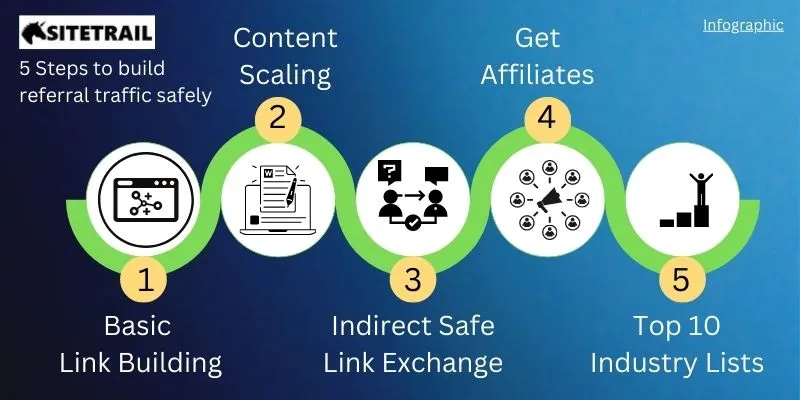
Referral traffic that originates from other news and relevant industry websites, is a constant source of visitors to a website. It is the result of useful, high quality content and written recommendations that send users to a suggested website or online resource. It can be promotional or non-promotional. It is not regulated by an “on / off” button as in the case of pay per click or paid social traffic. It is constant due to the fact that the content is seo optimized and discoverable for months, even years, after it has been produced.
Internet referral traffic is a byproduct of SEO and PR. There are three main reasons why it is one of the best revenue channels:
This can be very subjective. But below is a case example of a business with a monthly turnover of $250K. Notice how organic search & referral combined provides 60% of it’s total revenue.
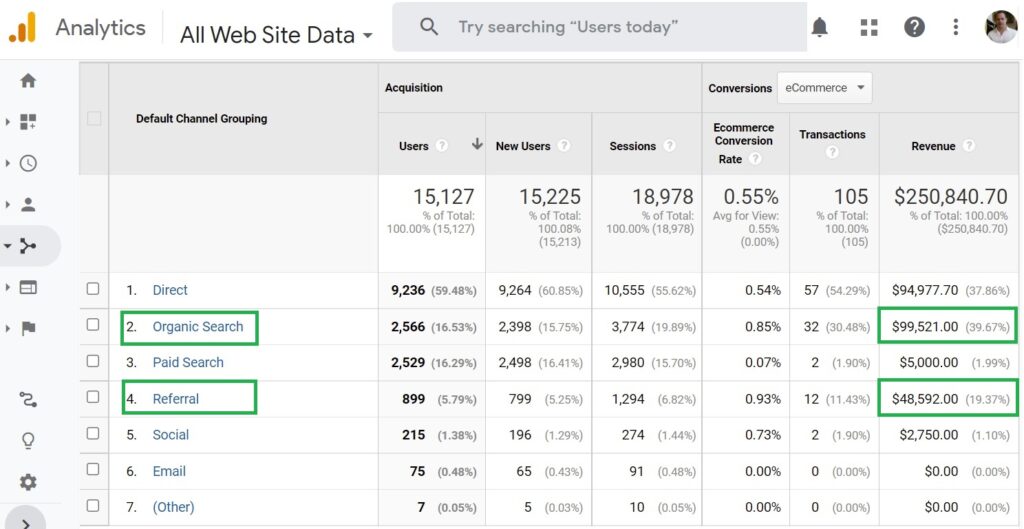
In this particular case, the company has more than 2000 domains linking to it. Some, like the Wikipedia links were completely organic results, whereas many others, like iheart.com, Jpost, Latribune, Techtimes, were all the result of SEO optimized PR.
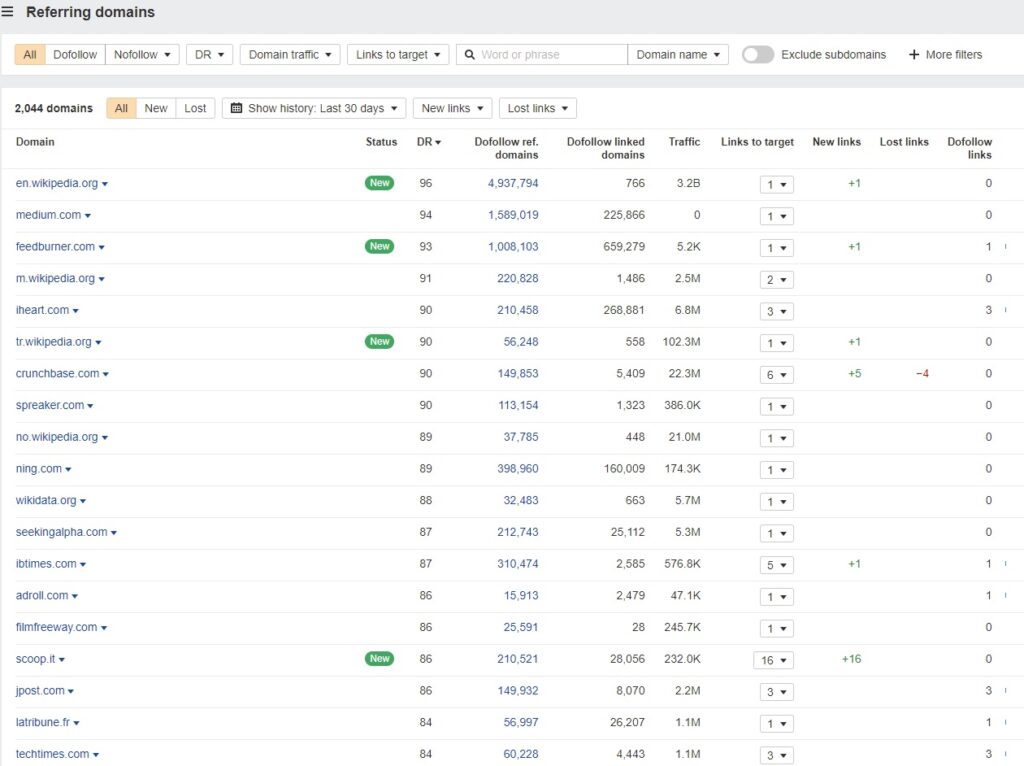
It is possible to progress at any speed, unless you need to catch up with a specific competitor. In either case maintaining link velocity is key. This link building plan is a great and flexible tool to scale up or down dynamically.
A revenue profile like the above is highly desirable but not everyone has what it takes to build such a safe position for their business. It will require several months to put the right assets in place. It is not a “turnkey” solution like pay per click.
When we compare just how well referral traffic performs compared VS pay per click, it is understandable why the strategic digital marketing plan of any sustainable business will include the aggressive pursuit of both referral and organic SEO traffic.
So is referral traffic right for your business? Absolutely yes, but let’s establish to what extent you’re ready to pursue it:
The research is clear. DO NOT THINK for a second that anyone can hire an agency for 2 weeks, sit back and decide yes “it worked” or no, “it failed”. It requires a long term mindset and a strategic approach. A week by week knee-jerk survival mindset will not suffice. The timeframe that 80% of businesses require to build momentum is 3 to 12 months.
Case Study Fact: To generate $1.2M in annual revenue from referral & SEO traffic, the business in our example has spent $72K over 12 months. They did not spend $1K on a magic bullet.
The reality is, that with a small weekly news and PR / SEO link building package like this it can take up to a year to see good referral results, whereas our accelerated monthly SEO/PR combined plan will probably take at least 3 months before substantial results occur.
If you are an expert at writing your own content and you need to bulk out the number of DO-Follow links across high domain authority sites, hop onto this bulk SEO guest post package or scale up quite rapidly with this unlimited access pass – both of these access the same sites.
Google really dislikes unsophisticated operators. All those people engaging in reciprocal linking get penalties. Don’t do it.
Here is what you should do: Enter into a sophisticated strategic approach with a much wider audience of business collaborators who do this safely and certainly indirectly. Suggested tool: Trusted Resource Links platform.
With the trusted resource links program, you can get added to a load of resources that will provide you with steady traffic and domain rank / authority growth.
When you master step 1, 2 and 3 above and do this at scale, the results can blow up to the extent your seo metrics look like this successful example of a client we work for:
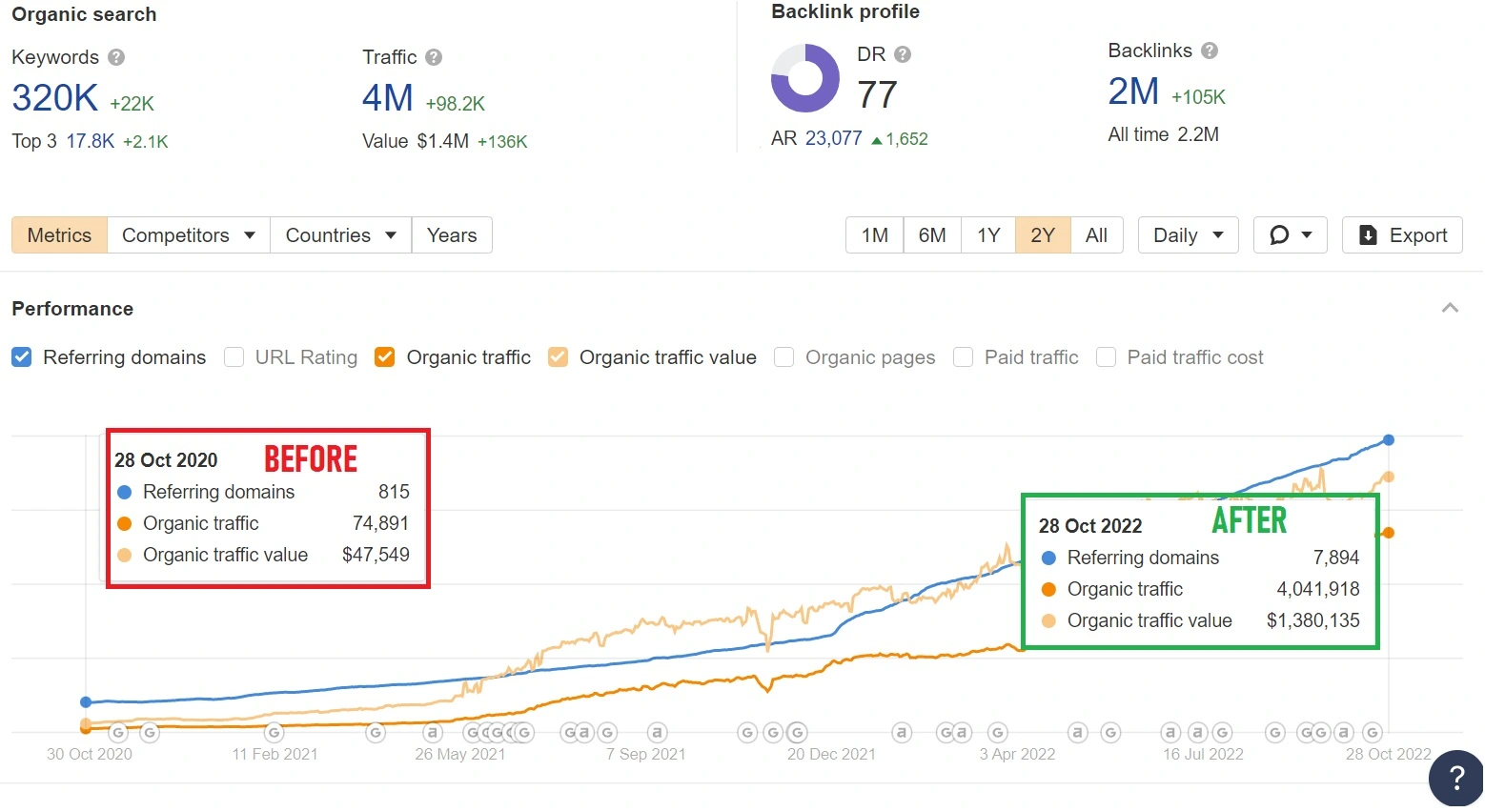
It is true that not all business models integrate well with the affiliate model. That’s why some companies create a special E-book or single item they use for affiliate marketing if they find that other areas of their business are not suitable. If there is a match here and an affiliate program can be launched, this is what you need to do to benefit from it the most:
If you bypass networks and have a smart affiliate program that links directly to your site, all the SEO benefits of the affiliate marketers’ work will flow to you. This Affiliate Management System is the perfect solution for it. It is 100% self hosted, provides reliable tracking and automation and will cut out the middleman completely.
To be clear, at this point you should forget the idea of Shareasale, Clickbank, CJ Affiliate, Impact Radius or any intermediary where the link juice does not go to your site directly. Think about BOTH referral and SEO benefits simultaneously.
I admit to using this tool to turn struggling businesses around very quickly. These lists are super powerful for many reasons. Most notably, because they draw traffic from other popular brands on the same list when people make purchase decisions, as well as the social proof factor that comes from an independent reviewer. You’ll have to contact us at Sitetrail to learn how to get onto these lists – and most likely, be in a position that deserves putting your business on the list.
It is clear across the board that this is one of the best channels for any business. The question of whether management is ready to pursue this as a strategic pilar, depends the ability to shift mindsets from “fighting” to “making war”. Pay per click may win a fight, but solid strategic digital marketing will always rely on strong referral and organic results to win the war. If this resonates with you and you’d like one of the most experienced teams in the world, below are the most appropriate solutions to order:
Website traffic refers to the number of visitors and the interactions they have on a website. It is a crucial metric for understanding the effectiveness of marketing campaigns and the overall popularity of a website. Tracking website traffic can help you identify trends, improve user experience, and optimize your website for search engines.
A website traffic checker is a tool that provides information about the number of visitors, page views, and other related metrics for a specific website. Some popular website traffic checkers include Google Analytics, SimilarWeb, AHRefs, SEMRush and Alexa. These tools help website owners and marketers understand their audience and make data-driven decisions to improve website performance.
For your own traffic, a tool like Google Analytics is best. To check website traffic for other sites, you can use various online tools like SimilarWeb, or Alexa. By adding a tracking code to your website, these tools can monitor and report essential metrics such as unique visitors, page views, average session duration, and bounce rate.
To lookup website traffic for a specific website, you can use tools like SimilarWeb, Alexa, or SEMrush. These tools provide an estimate of a website’s traffic, along with other useful information such as the sources of traffic, top keywords, and audience demographics.
To check traffic for a specific website, you can either use third-party tools like SimilarWeb or Alexa, which provide estimated traffic data, or gain access to the website’s Google Analytics account, which provides more accurate, real-time data on website traffic and user behavior.
A report that shows the percentage of traffic that previously visited a website is called the “New vs. Returning Visitors” report. In Google Analytics, this report can be found under the “Audience” section. It displays the proportion of new visitors and returning visitors, allowing you to understand user behavior and the effectiveness of your marketing strategies.
Google Analytics reports four default traffic source dimensions for each website visitor: Source, Medium, Campaign, and Keyword. These dimensions provide information about where the visitor came from, how they arrived at your website, and the specific marketing campaign (if applicable) that led them there.
In Google Analytics, the “Acquisition” reports provide information on how traffic arrived at a website. These reports include the “All Traffic” report, which shows the sources and mediums that drove traffic, and the “Channels” report, which groups traffic into predefined categories such as Organic Search, Direct, Social, and Referral.
Website traffic analysis is the process of examining website traffic data to understand user behavior, identify trends, and optimize website performance. This can include analyzing metrics such as unique visitors, page views, bounce rate, and average session duration. Website traffic analysis helps website owners and marketers make data-driven decisions to improve user experience and increase conversions.
To increase website traffic, 90+ recognized methods exist. Conventional methods would focus on creating high-quality content, optimizing your website for search engines (SEO), engaging in social media marketing, leveraging email marketing, and exploring paid advertising options like Google Ads or Facebook Ads. Additionally, ensure your website is mobile-friendly and offers an excellent user experience.
Other lead generation tactics tied in with email marketing are highly effective too.
Although Linkedin pay per click is the worst converter in the world, Facebook ads and Google display yield low results too. In the search family, Google search is the best converter due to search intent, however other organic channels might outperform.
One sizes does not fit all – hence industry specific analysis is always key. It takes research to determine a specific referral traffic channel that provides the highest ROI for all websites, as the effectiveness of each channel can vary depending on the nature of the website, target audience, and marketing strategy. Some common referral channels include social media, search engines, email marketing, and guest blogging. To identify which channel provides the highest ROI for your website, analyze your website traffic data and conversion rates, and focus on the channels that drive the most engaged and converting visitors.

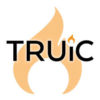





150 Film stars, 45 Film producers, 250 law firms, 120 SEO agencies and 25 hotel groups can’t be wrong. Try our service today and see for yourself.